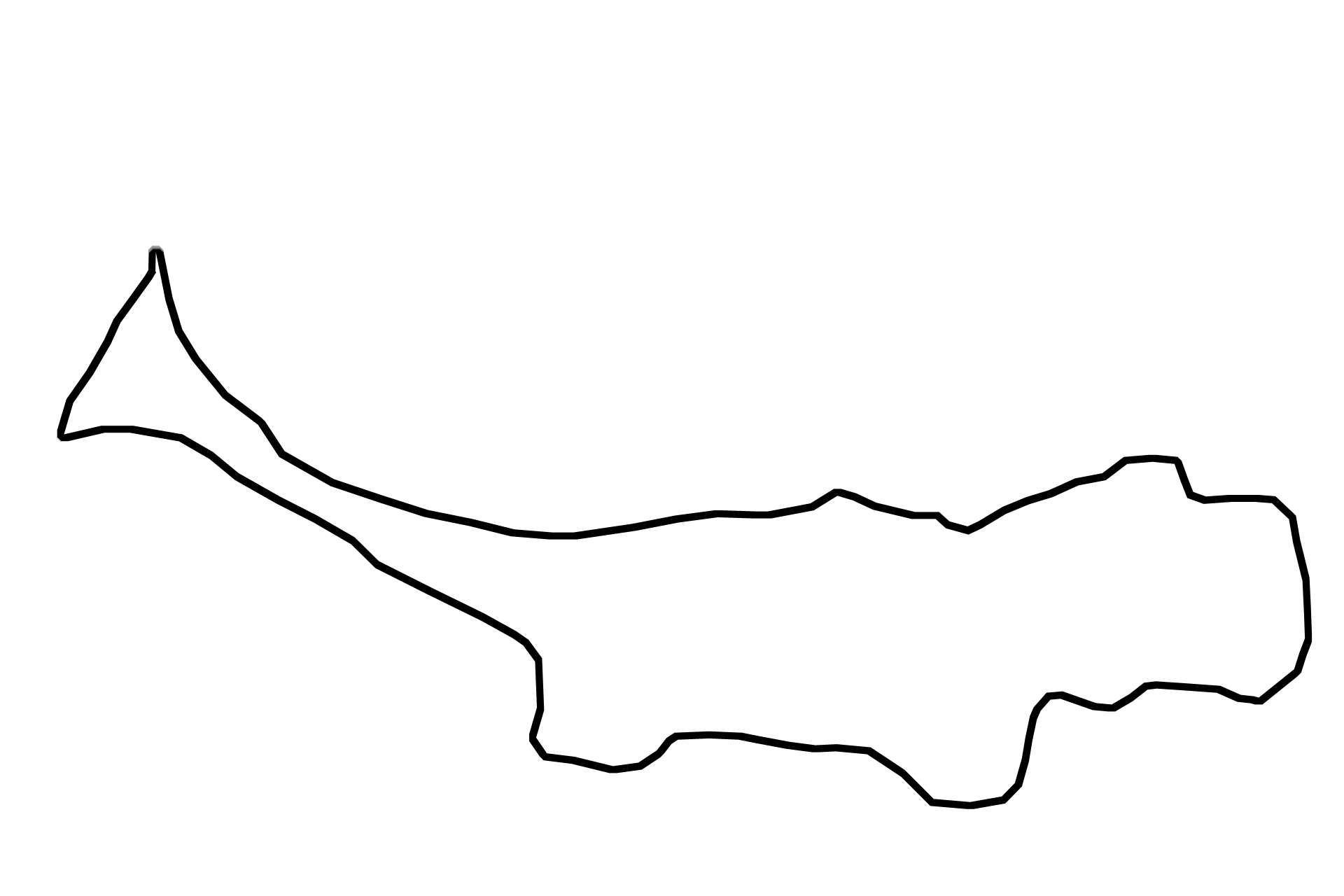
Testis overview
At the posterior margin of the immature testis, the connective tissue forming tunica albuginea thickens and protrudes into the testis, forming the mediastinum. The mediastinum contains the rete testis, the beginning of the ducts that transport sperm out of the testis. A tunica vaginalis is lacking posteriorly because the testis develops as a retroperitoneal structure. Immature testis, 100x

Tunica albuginea
At the posterior margin of the immature testis, the connective tissue forming tunica albuginea thickens and protrudes into the testis, forming the mediastinum. The mediastinum contains the rete testis, the beginning of the ducts that transport sperm out of the testis. A tunica vaginalis is lacking posteriorly because the testis develops as a retroperitoneal structure. Immature testis, 100x

Mediastinum
At the posterior margin of the immature testis, the connective tissue forming tunica albuginea thickens and protrudes into the testis, forming the mediastinum. The mediastinum contains the rete testis, the beginning of the ducts that transport sperm out of the testis. A tunica vaginalis is lacking posteriorly because the testis develops as a retroperitoneal structure. Immature testis, 100x

Rete testis
At the posterior margin of the immature testis, the connective tissue forming tunica albuginea thickens and protrudes into the testis, forming the mediastinum. The mediastinum contains the rete testis, the beginning of the ducts that transport sperm out of the testis. A tunica vaginalis is lacking posteriorly because the testis develops as a retroperitoneal structure. Immature testis, 100x